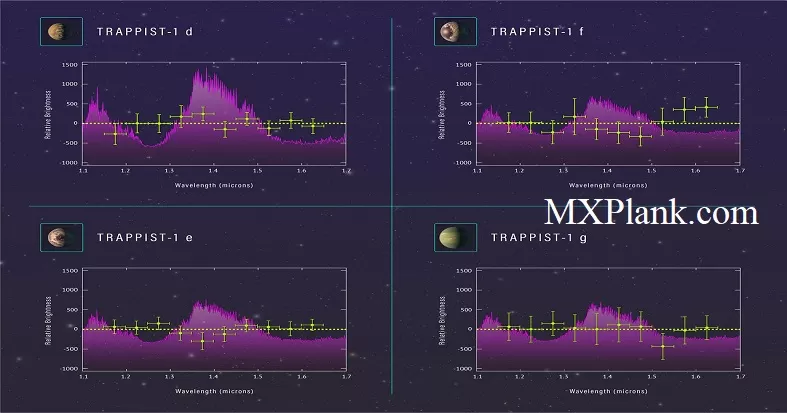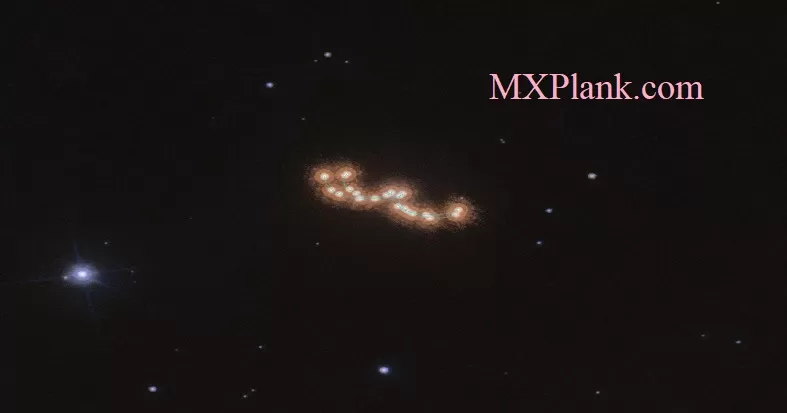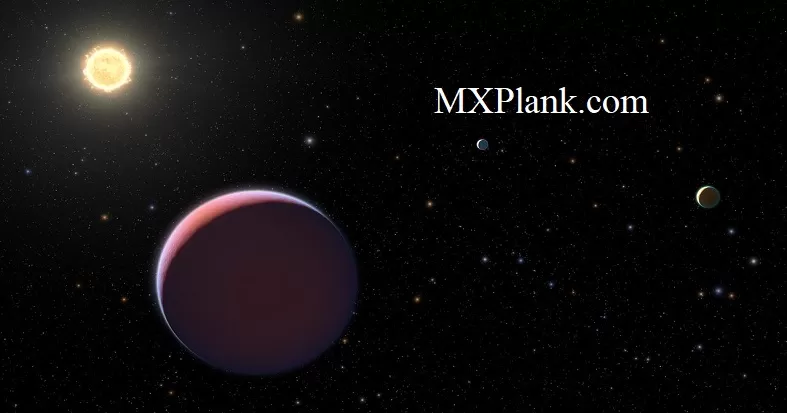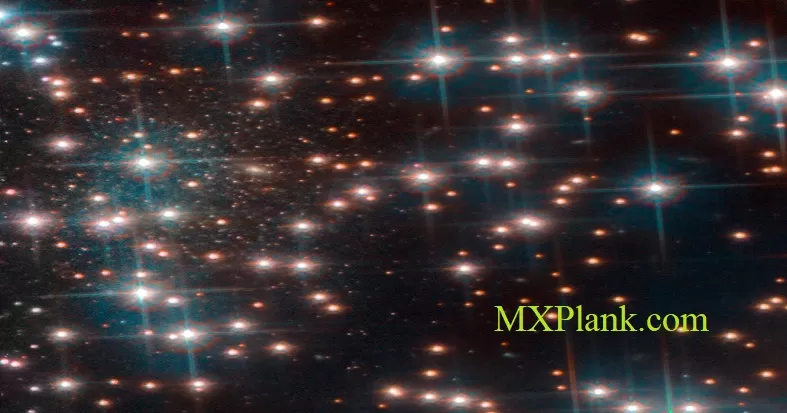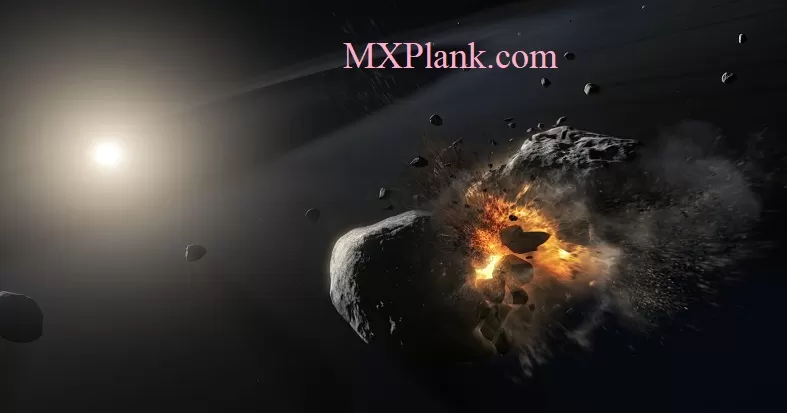Pillars of Creation - MIRI Image
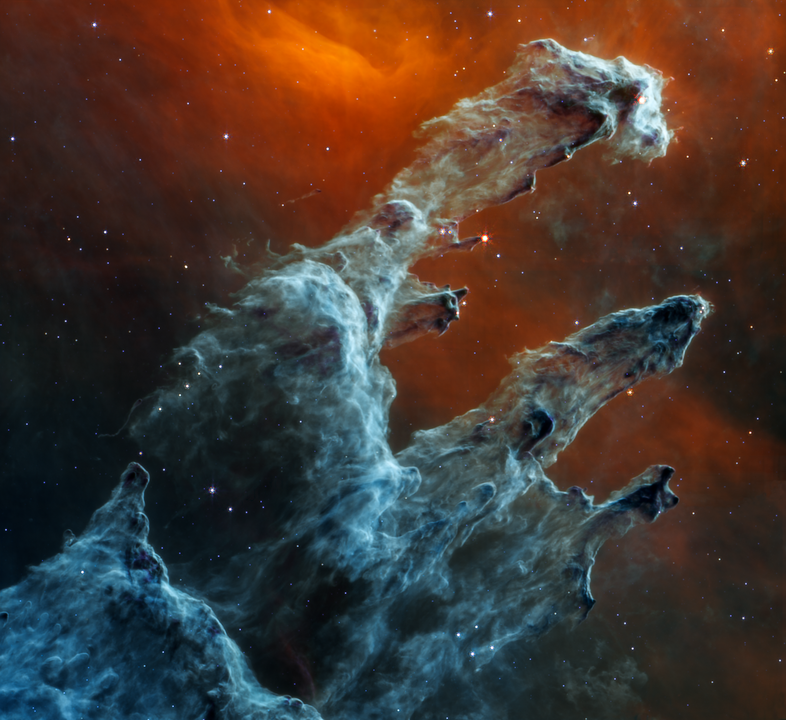
About This Image
Description:
NASA's James Webb Space Telescope's mid-infrared view of the Pillars of Creation strikes a chilling tone. Thousands of stars that exist in this region disappear - and seemingly endless layers of gas and dust become the centerpiece.
The detection of dust by Webb's Mid-Infrared Instrument (MIRI) is extremely important - dust is a major ingredient for star formation. Many stars are actively forming in these dense blue-gray pillars. When knots of gas and dust with sufficient mass form in these regions, they begin to collapse under their own gravitational attraction, slowly heat up - and eventually form new stars.
Although the stars appear missing, they aren't. Stars typically do not emit much mid-infrared light. Instead, they are easiest to detect in ultraviolet, visible, and near-infrared light. In this MIRI view, two types of stars can be identified. The stars at the end of the thick, dusty pillars have recently eroded the material surrounding them. They show up in red because their atmospheres are still enshrouded in cloaks of dust. In contrast, blue tones indicate stars that are older and have shed most of their gas and dust.
Mid-infrared light also details dense regions of gas and dust. The red region toward the top, which forms a delicate V shape, is where the dust is both diffuse and cooler. And although it may seem like the scene clears toward the bottom left of this view, the darkest gray areas are where densest and coolest regions of dust lie. Notice that there are many fewer stars and no background galaxies popping into view.
Webb's mid-infrared data will help researchers determine exactly how much dust is in this region - and what it's made of. These details will make models of the Pillars of Creation far more precise. Over time, we will begin to more clearly understand how stars form and burst out of these dusty clouds over millions of years.
Contrast this view with Webb's near-infrared light image.
MIRI was contributed by ESA and NASA, with the instrument designed and built by a consortium of nationally funded European Institutes (the MIRI European Consortium) in partnership with JPL and the University of Arizona.
| About The Object | |
|---|---|
| Object Name | M16, Eagle Nebula, NGC 6611 |
| Object Description | Emission Nebula |
| R.A. Position | 18:18:48.17 |
| Dec. Position | -13:48:26.03 |
| Constellation | Serpens |
| Distance | 6,500 light-years (2,000 parsecs) |
| Dimensions | Image is approximately 7 light-years across |
| About The Data | |
| Data Description | This image was created from JWST data from proposal: 2739 (K. Pontoppidan) |
| Instrument | JWST>MIRI |
| Filters | F770W, F1130W, F1500W |
| About The Image | |
| Color Info | These images are a composite of separate exposures acquired by the James Webb Space Telescope using the MIRI instrument. Several filters were used to sample different infrared wavelength ranges. The color results from assigning different hues (colors) to each monochromatic (grayscale) image associated with an individual filter. In this case, the assigned colors are: Blue: F770W, Green: F1130W, Red: F1500W |
| Compass Image | 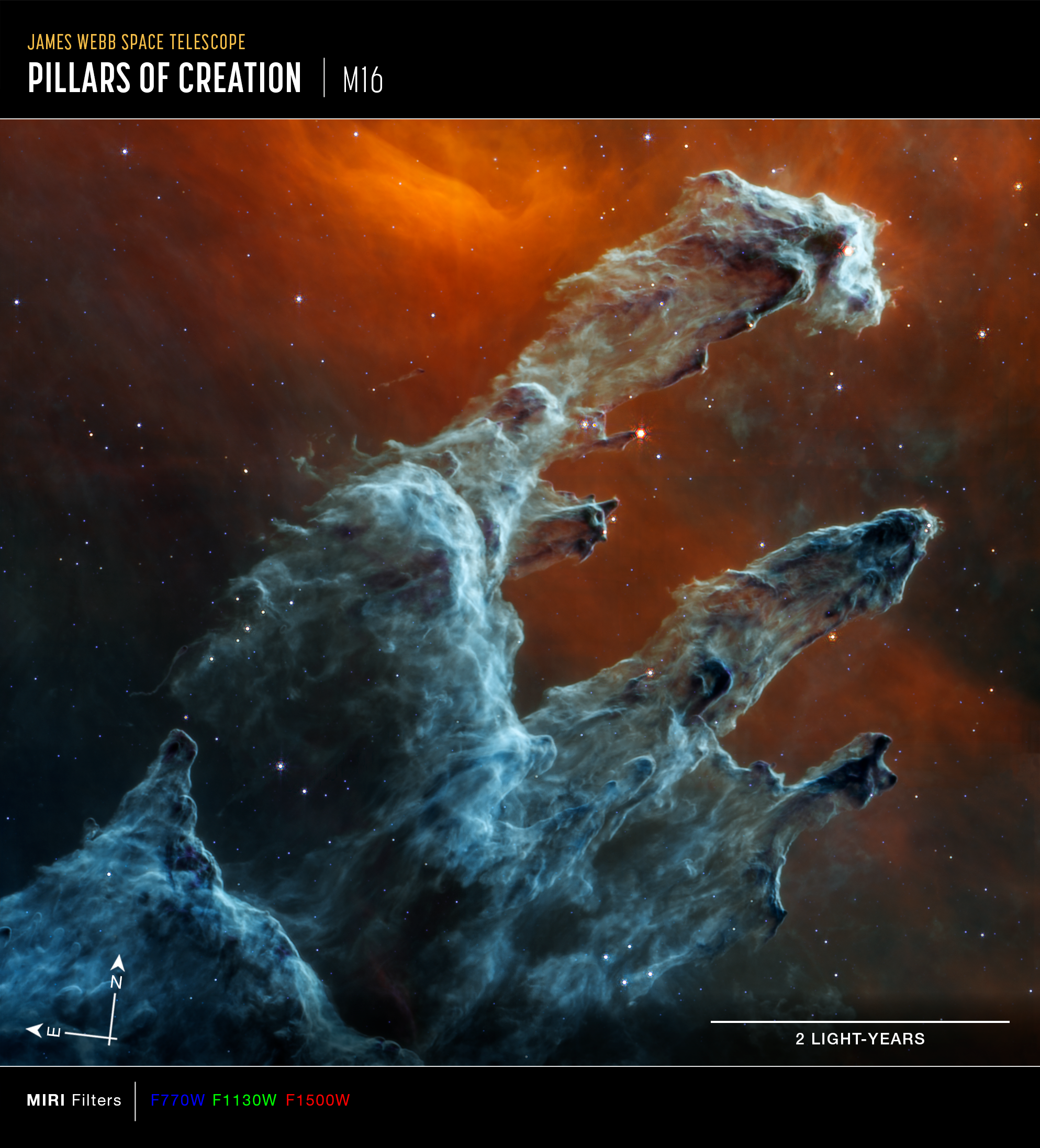 |

